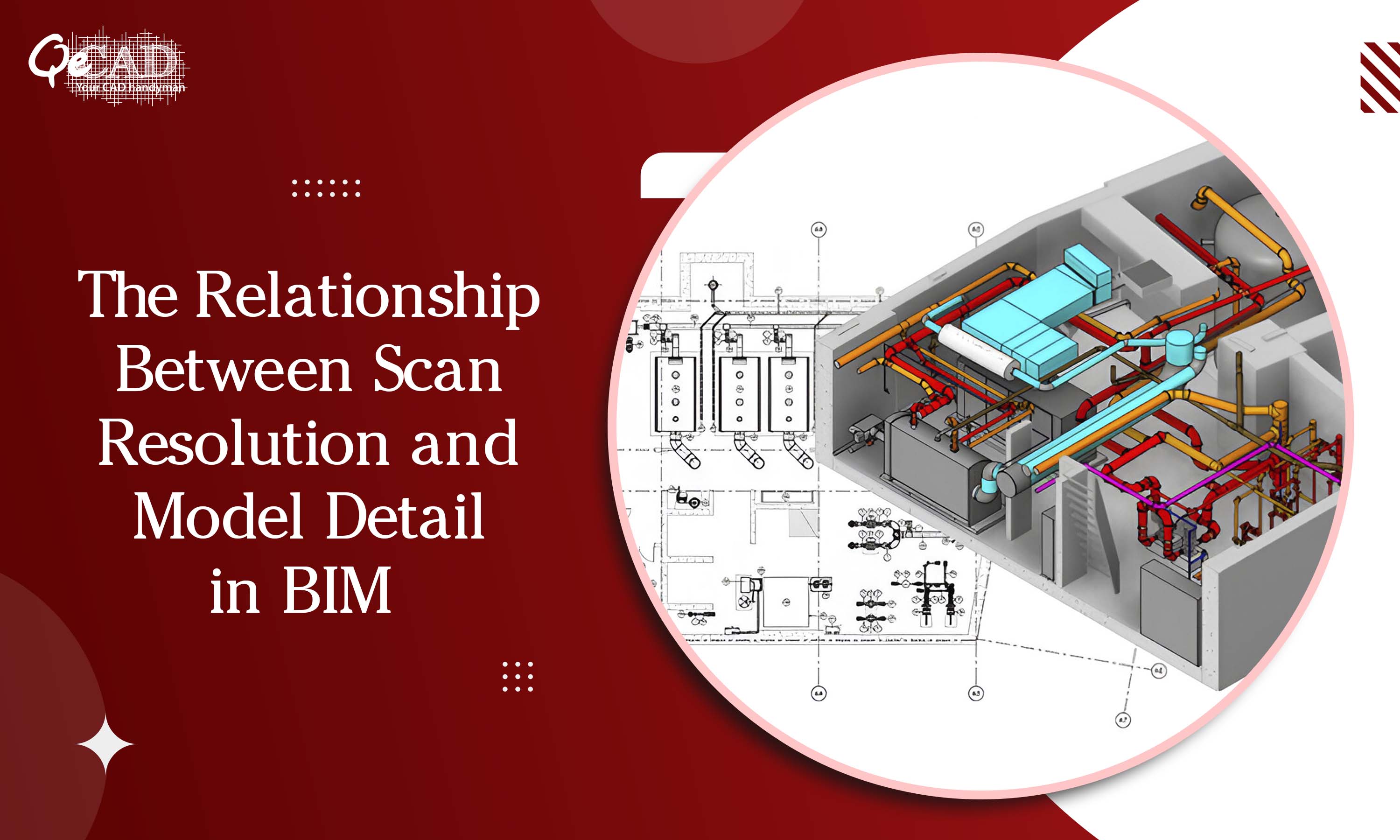
Introduction
Accurate existing-condition documentation starts long before modeling—it begins with how thoroughly a building is scanned. Scan density or the number of points captured per square meter, determines how much geometric and spatial information is available for modeling. When the density is low, large elements are captured well, but finer architectural details, MEP components and even the irregular geometries may get missed. When the density is high, even the minor deviations—such as a 2–3 mm wall bow, pipe sag or say uneven floor level becomes visible thus enabling deeper insights and more precise modeling.
As renovation, retrofit and asset digitization projects become more data-driven, the relationship between the scan resolution and model detail has a direct impact on the design decisions, clash detection, cost estimation along with the construction accuracy.
Industry studies show that the higher scan densities can reduce rework by up to 25%, thanks to better alignment between the site reality and BIM outputs.
For AEC teams leveraging the Scan to BIM Services, understanding how scan density influences the model fidelity is crucial to delivering the dependable, clash-free and fabrication-ready models.

Conclusion
Scan density isn’t just a technical setting—it defines the entire modeling outcome. Higher-resolution scans provides the clarity needed for the accurate geometry, reliable coordination and precise as-built documentation. The smarter the density selection, the better the model reliability and decision-making accuracy hence making the Scan to BIM Services essential for high-performance AEC workflows.
